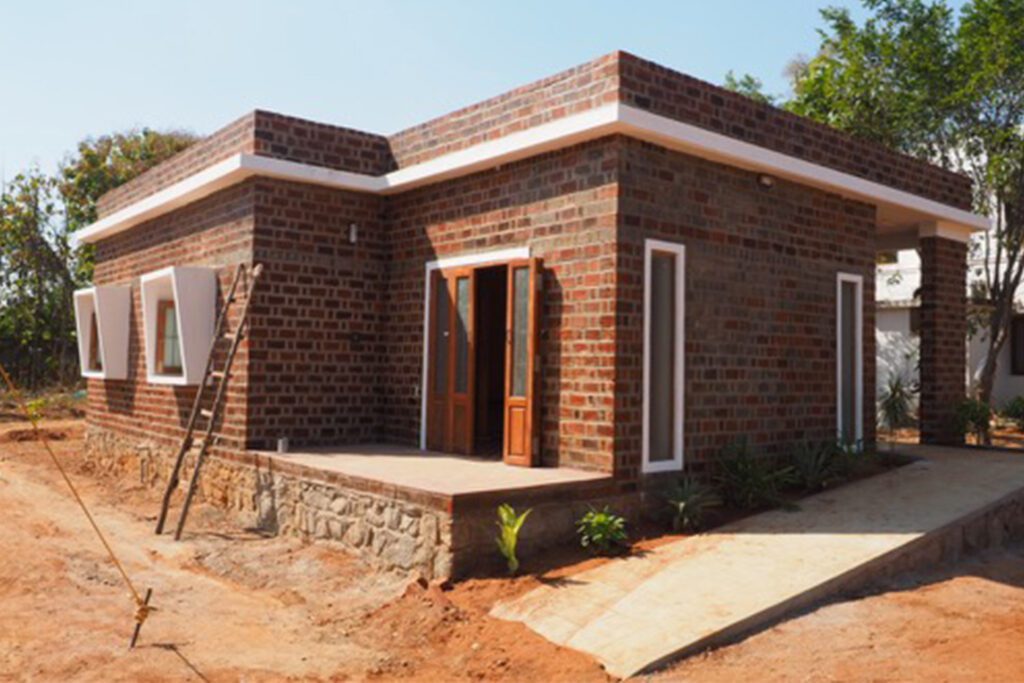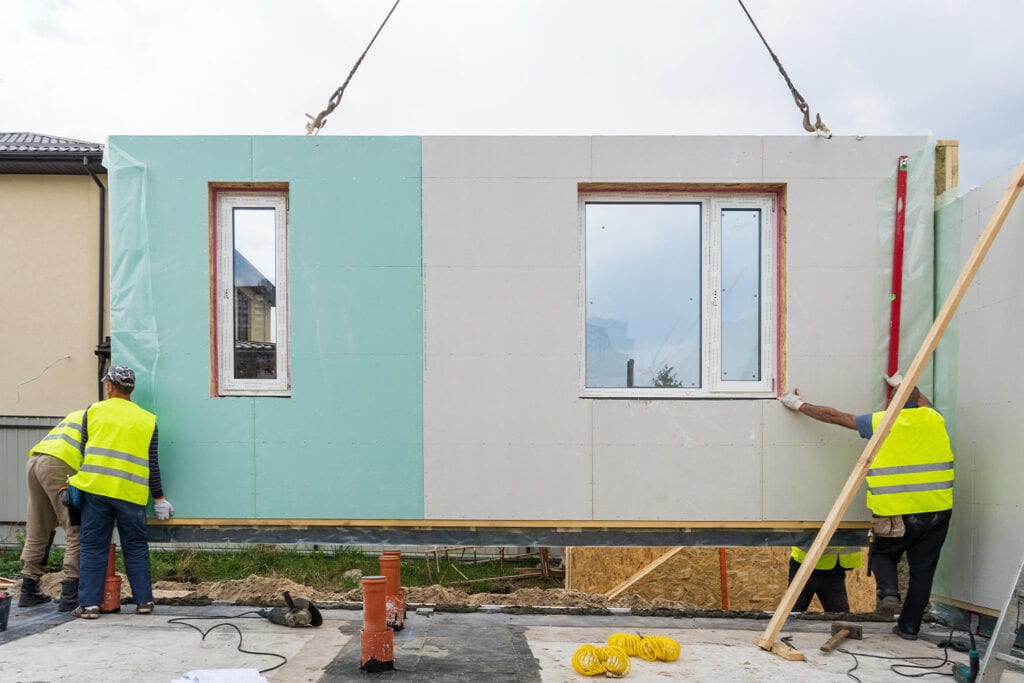Maximising value from what we build
‘Infrastructure’ means different things to different people in different contexts.
Broadly, infrastructure refers to the basic physical and organisational structures and facilities needed for the operation of a building, society or enterprise. This applies to many different industries, including energy, transportation, water, communications and ICT infrastructure. It can also encompass social assets such as parks and public spaces.
The challenges of infrastructure development
Development of infrastructure has challenges. Collectively, we are building a lot of infrastructure. In 2020, all man-made mass exceeded overall living biomass on Earth. In the middle of a climate crisis that necessitates a sharp focus on sustainability and resilience, the ability to deliver quality infrastructure is critical.
Infrastructure is often a ‘sunk cost’ that can’t be recovered and often must be paid for upfront. Many organisations are ill-equipped to deliver infrastructure for modern requirements, do not have the capability for alternative methods of delivery and incur high utility costs. These issues are amplified as the need for resilience, sustainability and liveability in our built environments becomes more urgent against a backdrop of constrained funding. Civil infrastructure, in particular, consistently faces funding shortfalls, even before the impact of Covid-19.
What is the solution?
A mixture of private and public funding mechanisms is the accepted way to plan and pay for financing a variety of types of infrastructure. The focus is always to make a project commercially viable. But what if the focus was shifted to lowering the threshold for greenlighting a project? Is it possible to generate long term income or capital receipts by turning utility infrastructure into commercial assets? This is the core tenet of ‘infrastructure commercialisation’ from Urban C:Lab, Buro Happold’s research collective.
Jack Rose, associate director and C:Lab member said, ”Not all organisations are set up for this and these ideas do increase the complexity of projects. So at Urban C:Lab, we have been researching the idea of infrastructure commercialisation needs that can manage and bring all of these ideas together. We may not be able to stop the rise of anthropogenic mass, but perhaps it can be of better value.”
How would this commercialisation work?
C:Lab has considered how value can be generated through commercialisation and governance. Commercialisation opportunities will depend on nature of individual infrastructure projects. As a general principle, building and civil infrastructure can be revenue generating from tolls and rents.
This can reduce initial capital investment, transfer delivery risk, retain control over delivery, improve service levels to end users, reduce technology risk and reduce running costs. There is necessarily an increase in the complexity of the project and not every organisation is built for this, but C:Lab’s proposal is that not every organisation needs to develop this capability.
“Take a shopping centre, for instance. The infrastructure to support it is approximately 20% of capital expenditure. What if, instead of me building lifts and escalators, someone else paid for them? The cost to me would be a regular charge over a defined period of time. In doing so, I turn passive assets into active assets, lowering the investment threshold. It might even force me to be more efficient with the infrastructure I provide.”
Jack Rose, associate director, Buro Happold
The concept of infrastructure commercialisation units (ICU) is based on the simple idea that these capabilities can be procured as a package appropriate to the type of infrastructure. The ICU’s expertise can be adapted to enable the procuring organisation to maximise the value from its asset. After all, different organisations have unique pains points in their value chains. Infrastructure commercialisation is the vehicle to better value; governance through ICUs is a mechanism to ensure success.


